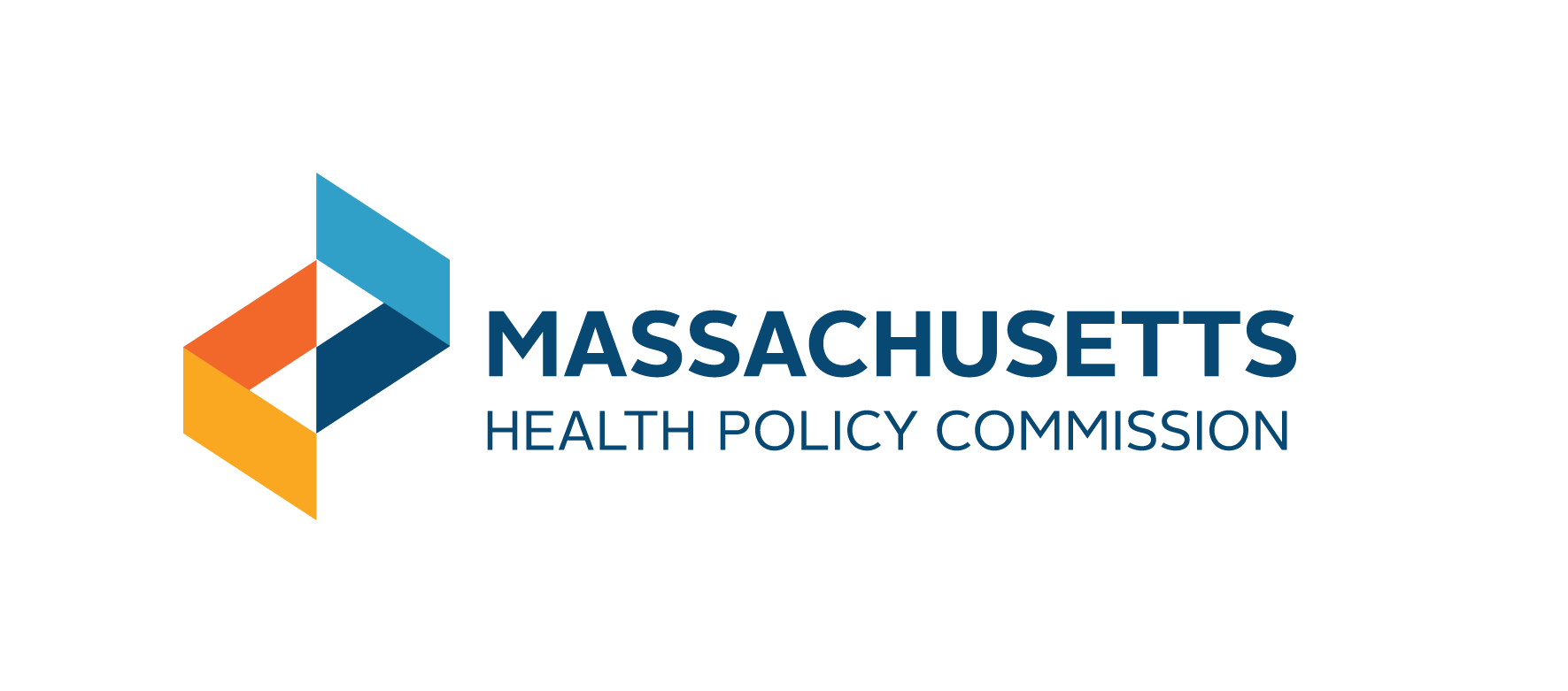- Massachusetts Health Policy Commission
Media Contact for HPC FINDS LARGE GAP IN PER PATIENT SPENDING BETWEEN HIGHEST AND LOWEST COST PROVIDERS
Matthew Kitsos, Press Secretary

Boston — Thursday, March 1, 2018
Today, the Massachusetts Health Policy Commission (HPC) released a new DataPoints issue focused on the 14 largest provider organizations in Massachusetts, finding significant variation in both the characteristics of the patients they serve and the total cost of care for these patients. This new research, conducted for the first time in Massachusetts, provides new insights into how different provider organizations compare on key performance metrics.
Key among the findings included is that, even after adjusting for differing health needs, spending for patients in the highest-cost organization (Partners Healthcare) was 32 percent higher than in the lowest-cost organization (Reliant). This difference in spending, more than $1,500 per patient per year, is substantial. On average, provider organizations anchored by academic medical centers (AMCs) spent more per patient than other types of provider organizations.
The 14 provider organizations reflected in the data cover every region of the Commonwealth: Atrius Health, Baystate Health, Beth Israel Deaconess Care Organization, Boston Medical Center, Central Massachusetts Independent Physician Association, Lahey Health, Mount Auburn Cambridge Independent Practice Association, Partners HealthCare, Reliant Medical Group, SouthCoast Health, South Shore Health System, Steward Health Care, UMass Medical Center, and Wellforce.
The analysis combines a number of unique data sets to compare these 14 provider organizations by averaging patient characteristics and spending for commercially insured adult patients whose primary care providers (PCPs) are affiliated with each organization.
“This analysis shows that the performance of the biggest provider organizations in Massachusetts on a number of key metrics is highly variable. That the total health care costs for patients with similar health needs could vary so significantly depending on their provider raises important questions about the overall efficiency and consistency of health care delivery in Massachusetts,” said David Seltz, HPC Executive Director. “By making this information public and easily accessible through an interactive online platform, we hope to foster further discussion among providers and policymakers about how best to reduce unnecessary and inappropriate spending that is not providing value to patients.”
The latest DataPoints installment features interactive data visualization tools that display provider organization data relative to patient characteristics (e.g., where patients live, income, age, health risk factors, prevalence of chronic disease, and insurance type). The visualization tool also presents provider organization data based on total spending and spending categories (e.g., service type, patient cost sharing by organization type). Information on use of care, including emergency department or avoidable hospital visits, will be released later this year.
The HPC analyzed the data by linking, for the first time, the state’s All-Payer Claims Database (APCD) and the Registration of Provider Organizations (RPO) data. The findings are limited to patients covered by Massachusetts’ three largest health plans.
Key Findings
- Patients whose PCPs are associated with the Southcoast Health System are from the lowest-income areas in the state and have the highest health risk, 9 percent above the statewide average. These patients also had the highest rates of hypertension (18.5 percent), cardiovascular disease (15.6 percent), and diabetes (6.7 percent).
- After adjusting for differing health needs, spending for patients in the highest-cost organization was 32 percent higher than in the lowest-cost organization.
- Among categories of service, hospital outpatient services saw the greatest spending variation, both in total spending and across provider groups. The highest-cost provider organization for hospital outpatient spending, Partners ($1,963), was twice as expensive as the lowest-cost provider organization, Reliant ($974).
- The highest-cost organization’s amount of patient cost-sharing (e.g. co-pays, co-insurance, and deductibles) was 28 percent higher than the lowest-cost organization’s amount of cost-sharing.
- On average, provider organizations anchored by academic medical centers (AMCs) spent more per patient than other types of provider organizations.
- Inpatient spending varied 41 percent between the highest and lowest-spending provider groups. On average, spending was 9 percent ($81) higher at AMC-anchored organizations than at physician-led organizations.
- Pharmacy spending varied 38 percent between the highest and lowest-spending provider groups and followed similar patterns by type of organization.
Some of the information highlighted today will be featured in the HPC’s 2017 Cost Trends Report to be released later this month.
###
